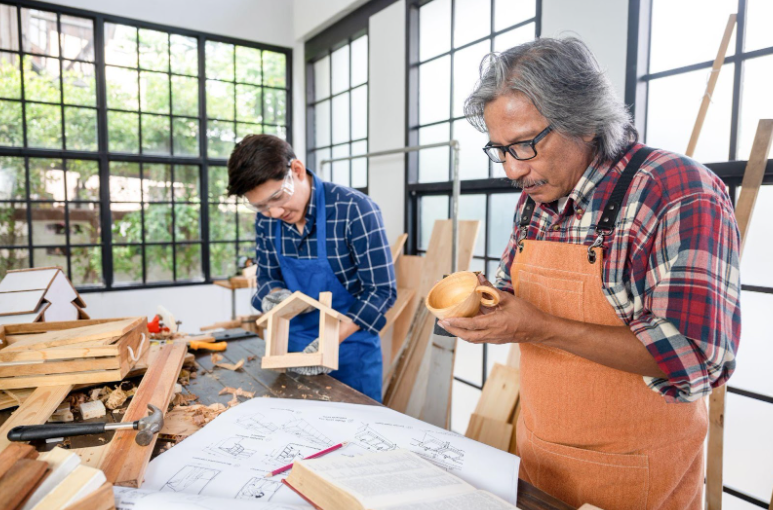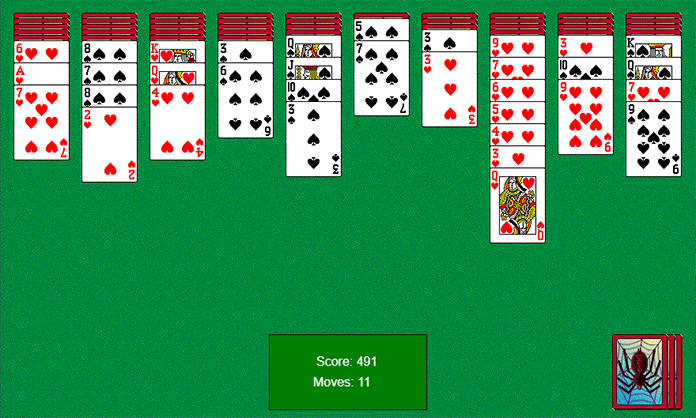If you’ve already solved the ordinary 3x3x3 cube or the 4x4x4 puzzle, the 98-piece 5x5x5 Rubik’s cube (commonly known as the “Professor’s Cube”) is a tremendous challenge. While this puzzle is difficult, it can be solved if you carefully follow the reduction approach procedure. Lets learn more about solving Rubik’s cube in the article below.
Table of Contents
1. The basics – what a 5×5 rubik’s cube is, and how it works
Due to the additional layer on the 5×5 we need to define one more piece of notation to solve the cube. On the 4×4 cube, an Rw denoted a wide turn of two layers, and this is the same on the 5×5. To notate a wide turn of 3 layers, we simply add a 3 before the Rw. The same principle applies to moves on other faces of the cube.
2. How to solve the first layer
Before we start, let’s first understand what the Reduction method is in a Rubik’s cube
The Reduction Method is a method to solve the 5×5, Essentially, this involves ‘reducing’ the cube to a state that can be solved as if it were a 3×3 cube, by solving the center pieces and pairing up the matching edge pieces. Types of Centerpieces
The first step in solving the 5×5 is to solve the center pieces. On a 4×4 cube there were no fixed centerpieces, however on a 5×5 cube (and all odd-layered cubes) there are fixed centerpieces. That is, the center piece that lies directly in the middle of each side denotes the final colour of that side, just like on a 3×3. On a 5×5, there are three different types of centerpieces, which cannot be interchanged with one another
3. How to solve the second layer
In this procedure, the initial step is to solve one centre. One simple technique is to solve the inner 1×3 bar (which is made up of two edge centres and the middle centre), then make the outer 1×3 bars (which are made up of two corner centres and an edge centre) and connect them to the first 1×3 bar. When you’ve finished,You can solve the pieces of the centre on the other side in the same way you solved the first centre. But without jeopardising the first center’s completion. Hold the left and right sides of the board after solving the first two centres on opposing sides. Solve the third and fourth centre parts of the cube. Ensure that two nearby centres are solved.
4. How to solve the third layer
As your third and fourth centres, make sure you solve two nearby centres. Your move set will become slightly more constrained as you solve additional centerpieces. We may use the same method to solve the last two centres, and solve the centre on the front face.
1×3 bars (inner and then 2*outer) are used once more. Edge Pieces Come in a Variety of Shapes and Sizes. Pairing them together with matching edge pieces is the second stage in the reduction technique. We have two types of edge pieces on a 5×5 cube: central edges (midges) and wings. Midges can be flipped (changed orientation) in their current position, but wing components cannot.
5. How to solve the fourth layer
There will be three edge pieces with those colours for every combination of two colours on the cube (excluding opposites). Our goal is to put these pieces together to make an equivalent edge piece for each colour combination. We’ll utilise what’s known as the Free slice approach to solve our first eight edges.As a working zone, we’ll use one slice (axis) of the cube to assist us couple together wings and midges. We employ a two-step procedure.
To join edge pieces and form a solved edge, layer (wide) rotates around that axis. Following the formation of the pair. We can then save our “free slice” in the top or bottom layer and continue working on it. To connect edge pieces and construct a solved edge, we use double layer (wide) turns around that axis. After we’ve formed the edge in our “free slice,” we may store it in the top or bottom layer and work on pairing it together. Using the “free slice,” you can get extra edges. Be careful when inserting or changing an edge into the free slice not to rearrange the centres in any way.
Two useful algorithms to insert an edge from the top-front position to the front-right position are:
- R U’ R’ (preserves edge orientation)
- F R’ F’ R (changes edge orientation)
A useful algorithm to flip the front-right edge piece in its position is:
- R U R’ F R’ F’ R
Continue working to pair up edge pieces until you have stored 8 solved edges in the top and bottom layers (4 in the top, 4 in the bottom, as shown below). Once you have done this, slice to restore the center pieces to their solved positions. At this point, there will be just 4 remaining edges to solve.
6. Putting it all together – solving the entire cube!
Edge pairing – Last 4 Edges
To begin solving the last 4 edges around the cube, we need to find an instance of where one wing is already connected to its corresponding midge.
There are two possible situations when we have a wing and a midge connected in the same overall edge piece – either they will be correctly paired with colours matching on each face, or they will be incorrectly paired, with the two colours creating a checkerboard pattern. These two basic cases and the procedure to solve them are shown below.
If you don’t have a wing either correctly or incorrectly paired with a midge, we can also apply one of the below sequences (or a similar variation) to attach a wing piece to its corresponding midge. During the last 4 edges. It’s also important to remember that the reason we perform a slice-flip-slice sequence is because we need to preserve our center pieces whilst solving these last 4 edges. We will use this overall procedure to solve three of our last four edges on the 5×5 cube.
Edge Parity is the next method to be used. After you have solved 11 edges, your 12th and final edge will either be solved by default, or you will have 5×5 edge parity, which requires you to swap two wing pieces using the following algorithm:
Rw U2 x Rw U2 Rw U2 Rw’ U2 Lw U2 3Rw’ U2 Rw U2 Rw’ U2 Rw’
3×3 Stage
After solving the centers and pairing up the edges, you can now effectively solve the cube as if it were a 3×3. The centers you have formed on a 5×5 are equivalent to the single centers on a 3×3, and each group of 3 edge pieces is equivalent to a single edge on a 3×3 cube. The corner pieces are the same on both cubes. Using the outer layers, go on and solve the cube like a 3×3.
Congratulations on solving the 5×5 Rubik’s cube!
We are glad you could master the talent of solving 5×5 Rubik’s cube. If not, keep practicing the methods and soon you shall succeed.











